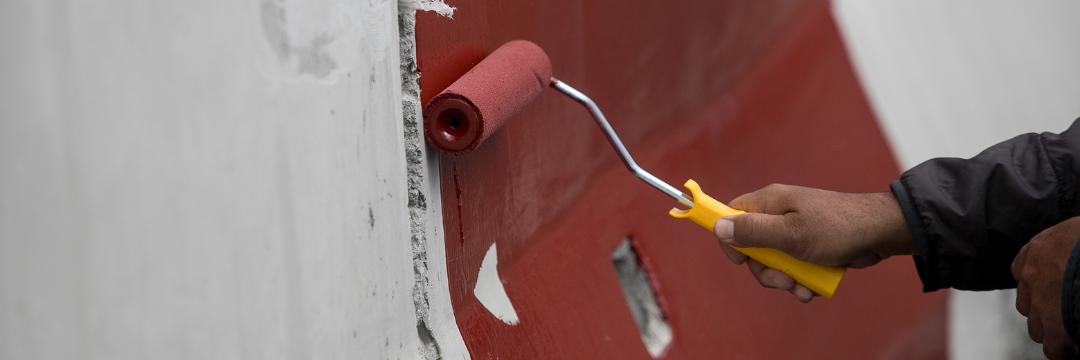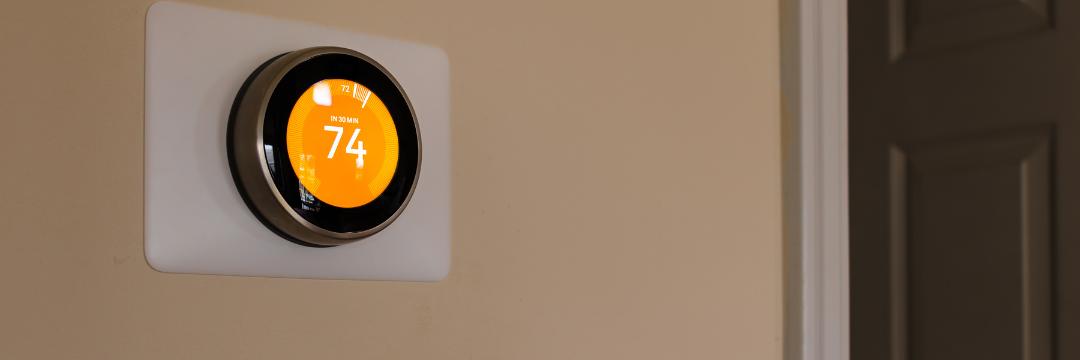Quality Paint – Save money & makes your property look new
Quality Paint – Save money & makes your property look new

Are you considering giving your home a new look or making some repairs? One of the easiest and most affordable ways to do so is by using paint. Yes, paint is an essential part of home maintenance and improvement that can make your home look better and, if done correctly, can even save you money and increase the value of your property. However, choosing the right paint for specific surfaces and environments is crucial in achieving the desired result. In this post, we will discuss the different types of paint and their applications, focusing on making your house more profitable, decreasing your bills and making it look like new!
Types of Paint
Before diving into the specifics of each type of paint, it is essential to understand the different types of paint available. Interior paint, of course, is used on walls, ceilings, and other indoor surfaces and is available in various finishes, such as matte, satin, and gloss. In comparison, exterior paint is used on exterior walls, doors, windows, and other exterior surfaces. It is formulated to withstand harsh weather conditions and protect surfaces from moisture and fading.
Latex paint is water-based, easy to clean up and dries quickly, making it an ideal choice for DIY projects. Oil-based paint is more durable and resistant to stains, plus it provides a smoother finish but requires longer drying times. There is also a wide range of speciality paints, which are designed for specific applications, such as heat reflective paint, roof paint, and concrete paint; we’ll discuss these later in the article. First, we’ll go on to the next point…

Quality of the Paint
Not all paints are made equal. Not only do you need to use the correct type of paint, but you also need to use quality paint. Why is quality paint a must? The first reason is that it will save you time and money, as not only will it give you a beautiful finish, but it will last longer and need fewer coats. Let’s take a look at the three main reasons to pick quality paint:
Quality paint contains quality ingredients that are more durable and longer-lasting than cheaper, lower-quality options. This means that you'll spend less time and money on touch-ups and repainting in the future.
Premium quality paint also covers better and has a more consistent finish than cheaper, lower-quality paint. So, if you choose good quality paint, you’ll need fewer coats, and your finished product will look and feel more professional.
Good paint is also easier to clean, which is especially important in high-traffic areas like kitchens and bathrooms. Plus, it's less sticky, which means it won't attract dirt and dust as easily.
If you're planning to paint your home or any other space, investing in quality paint is definitely worth it. Not only will you get a beautiful finish, but you'll also save time, money, and hassle in the long run.
What about speciality paints…

Concrete Paint
Concrete paint, also known as masonry paint, is a type of coating specifically formulated for application on concrete surfaces. This type of paint offers a durable, protective layer that helps to enhance the aesthetics and longevity of concrete structures.
Concrete paint is designed to be applied to a variety of concrete surfaces, including walls, floors, and outdoor structures such as patios, driveways, and sidewalks. It is available in a range of colours and finishes, including glossy, matte, and satin, making it a versatile choice for a variety of applications.
One of the primary benefits of concrete paint is its ability to protect concrete from the damaging effects of moisture, UV rays, and other environmental factors. This protective layer helps to prevent cracking, chipping, and fading, ensuring that the concrete structure remains strong and visually appealing for years to come.
In addition to its protective properties, concrete paint also offers a number of aesthetic benefits. With its wide range of colour and finish options, concrete paint can be used to create a variety of decorative effects, from bold and vibrant hues to subtle and understated tones.
Before applying concrete paint, it is essential to prepare the surface properly by cleaning it thoroughly and repairing any cracks or holes. Priming the surface before painting is also important to ensure proper adhesion and a smooth finish.
Concrete Driveway Paint
Concrete driveway paint is another type of speciality paint that is ideal for enhancing curb appeal and protecting against weathering and cracking. As the name suggests, it’s closely related to the previous paint we talked about, Concrete Paint, but it has a few extra properties that separate it from concrete paint.
For example, even when wet, concrete driveway paint needs to be non-slip. But this can also be archived with good quality concrete paint, like Concreteshield, combined with an anti-slip additive.
Choosing the right type of paint is also important to ensure that it can withstand constant traffic and exposure to the elements. Applying a sealer after painting can also help to protect the surface and extend the life of the paint.

Roof Paint
Roof paint is a paint that is used to protect and enhance the appearance of roofs. There are a variety of roof paints for various roof types, including metal, shingles, and tiles.
You need to find the right type of paint for your roof. For example, if you have terracotta roof tile, you’ll need a special terracotta tile paint, for example, Terrabond from Shieldcoat. But if you’ve got a corrugated iron or Colourbond roof, you’ll need something like Roofbond.
Roof paint can help to reduce heat absorption, improve energy efficiency, and extend the life of the roof. When choosing roof paint, it is essential to consider factors such as colour options and reflectivity ratings to achieve the desired result. While good roof paint will help keep your house cool, if you want to keep the heat out, there’s something else you need to take a look at…

Heat Reflective Paint
Heat-reflective paint is a special type of paint that is designed to reflect the rays of the sun while absorbing less heat, thereby reducing the temperature inside the space it is applied to. This paint is typically used to keep indoor spaces cool and comfortable, even in hot weather conditions.
One of the primary benefits of using heat-reflective paint is that it can help reduce energy consumption and lower cooling bills. According to recent studies, this type of paint can reduce the surface temperature of exterior walls by up to 15.6°C (28°F), which in turn reduces the need for air conditioning and lowers energy consumption by as much as 15%.
Another benefit of using heat-reflective paint is that it helps to maintain a comfortable indoor temperature, which can lead to improved health and well-being. By reducing the temperature of the walls, this paint can reduce the amount of heat radiating into the room, making it easier to maintain a comfortable temperature without the need for air conditioning. This can be particularly beneficial for individuals who are sensitive to heat, such as the elderly or those with certain medical conditions.
In addition to its energy-saving and temperature-regulating benefits, heat-reflective paint can also help protect the building from the damaging effects of the sun. By reflecting the sun's rays, this paint can help prevent the exterior walls from fading, cracking, or warping over time, which can improve the longevity of the building's structure and reduce the need for costly repairs.
Overall, heat-reflective paint is an excellent option for those looking to reduce their energy consumption, maintain a comfortable indoor temperature, and protect their building from the sun's harmful effects.

Conclusion
Choosing the right paint for specific applications and environments is essential to achieve the desired result. Speciality paints such as concrete paint, concrete driveway paint, roof paint, and heat reflective paint can offer additional benefits. While the initial outlay may be a little more expensive, it helps you save time and money in the long run. Remember, read the manufacturer's instructions on how to use the paint, or talk to a professional painter. Plus, there are also plenty of how-to and tutorials available on the internet. If there’s something you’re not sure about, ask your paint provider. A good paint supplier should know their paint and be able to help you choose the paint and give you tips on how to apply it best. But if you really are uncertain, you can always hire a professional painter; just remember to ensure they use top-quality paint.
The Australian Cleaning & Maintenance Blog Contact Us
Here you'll find tips and tricks to a better, cleaner and safer home. From cleaning hacks, tips, strategies and routines, this is your go-to for all things cleaning! Even though the domain contains the word gutter cleaning, the site is for all types of maintenance. If you want to submit an article, ask a question or express your undying love for us, please use the contact form below.
Address
Australia